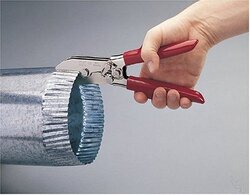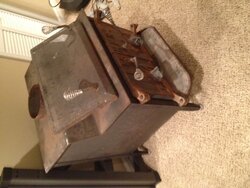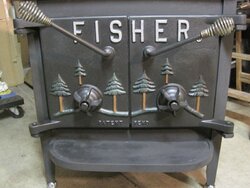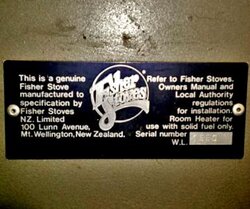Yes, triple wall is the required Class A chimney. (Dura Vent) There are other brands that use a dense insulation packed between only two walls. They are a smaller outside diameter, but heavy. As long as it's rated Class A all fuel.
Pipe before that is considered connector pipe. Older triple wall used an air space between the three pipes. Now the inner stainless liner is wraped with insulation keeping the inner flue hotter. The older style cooled so well to keep the outside cold, that they were difficult to keep the inside hot enough. As long as you have 18" to a combustible, you're OK with single wall pipe. Double wall pipe allows you to leave less heat up the flue, radiating more from the stove with less fuel burned. The object is to keep the entire chimney above the condensing point using the least amount of fuel. (250* f )That is easier accomplished with double wall.
The use of a magnetic thermometer just before the chimney will give you an idea what you're putting into it.
You should have a manual damper as close to the stove as possible.
Pipe before that is considered connector pipe. Older triple wall used an air space between the three pipes. Now the inner stainless liner is wraped with insulation keeping the inner flue hotter. The older style cooled so well to keep the outside cold, that they were difficult to keep the inside hot enough. As long as you have 18" to a combustible, you're OK with single wall pipe. Double wall pipe allows you to leave less heat up the flue, radiating more from the stove with less fuel burned. The object is to keep the entire chimney above the condensing point using the least amount of fuel. (250* f )That is easier accomplished with double wall.
The use of a magnetic thermometer just before the chimney will give you an idea what you're putting into it.
You should have a manual damper as close to the stove as possible.


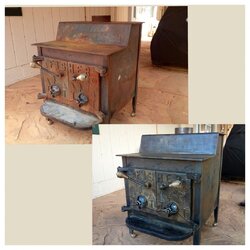
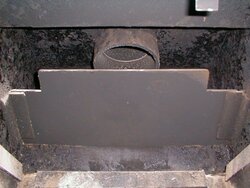
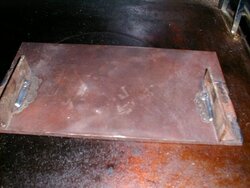
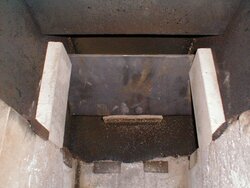
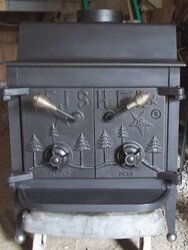
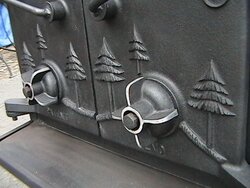
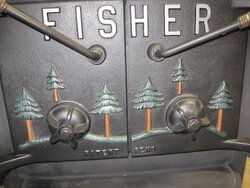
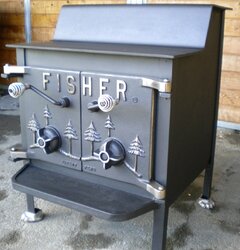
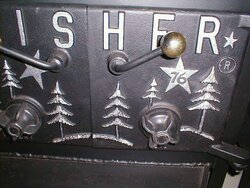
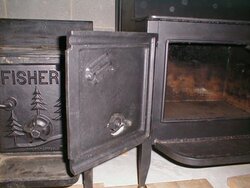
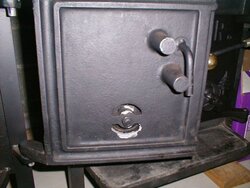
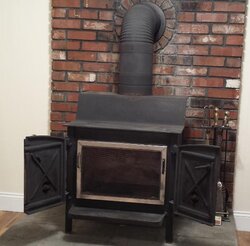
 That's from the original drawings in a perfect world, but the guy with the torch had the final say.
That's from the original drawings in a perfect world, but the guy with the torch had the final say.